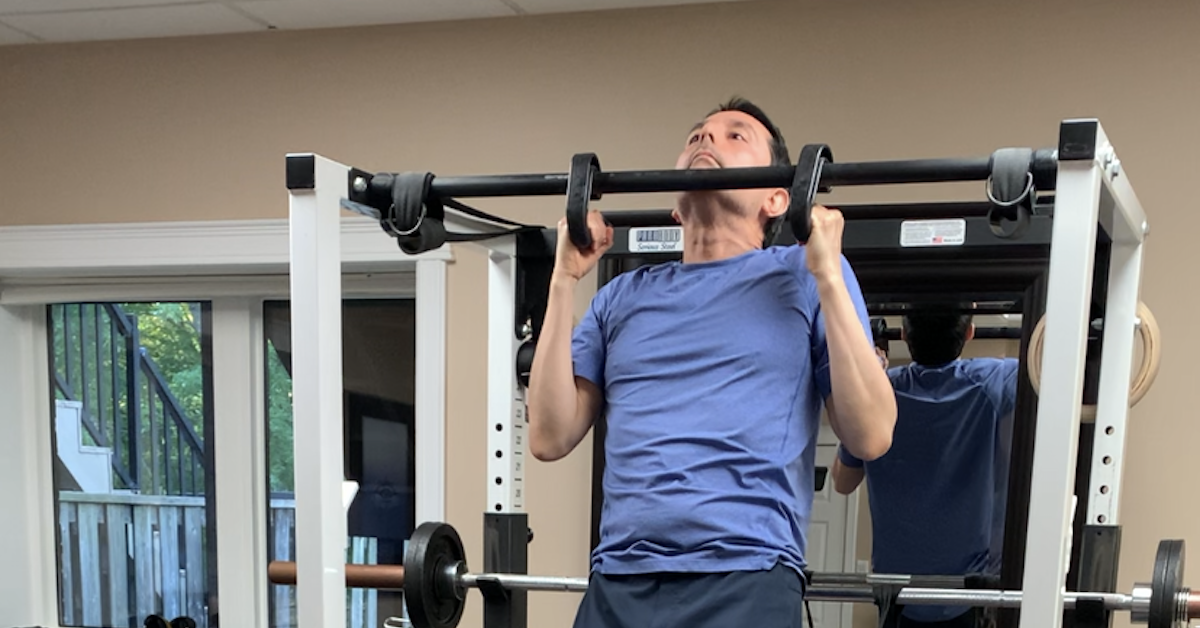Maybe you’ve reached a plateau in your workout. Or maybe your fitness goals seem to stay just out of reach. You’ve heard about “muscle confusion” and think that might be the answer to your problem.
Jeff Monaco, director of education for Gold’s Gym, sees people get that idea all the time. But the phrase muscle confusion leads to a lot of, well, confusion. Before you make changes to your program, you need to understand what muscle confusion really is—and what it could mean for your progress.
Clarity on Muscle Confusion
When you train, your body adapts. Whether it’s lifting weights, cardio, or any form of physical training, your body is a highly adaptable machine. Over time, repeating the same movements can lead to plateaus. That’s when many people think it’s time to “confuse” their muscles.
The idea behind muscle confusion is to change your training at certain intervals to avoid plateaus. The term first became popular with branded workouts that offered varied routines designed to keep your muscles guessing. But the reality is that constant, random change isn’t always productive—and it can actually make it harder to track what’s working and what’s not.
The Importance of Rest
Another mistake is interpreting muscle confusion as simply ramping up the intensity—adding more weight, more reps, or more duration every time progress stalls. That approach often overlooks the most vital training variable: rest.
“Rest is a vital component to training,” says Monaco. “It often gets overlooked.” Recovery is when your body adapts and gets stronger. Ignoring rest can lead to overtraining, injury, and stalled results.
Trainers should check in with clients regularly. Simple questions like “How are you feeling today?” or “Did you rest after your last workout?” help tailor the day’s session to recovery needs. If someone is sore, it may be best to focus on flexibility and mobility instead of pushing fatigued muscles.
The Need for Assessment
Monaco often sees people stuck in autopilot. “They just want to come in and do the treadmill at the same speed every day,” he says. When he talks with them about their goals and progress, it opens the door to smarter, more effective changes.
It’s not about throwing everything out the window. “Generally, one or two changes can yield great results over time,” Monaco advises. For both resistance training and cardio, changing just a couple of variables at a time is better than switching everything randomly.
“Changing one or two variables allows for better monitoring of your training program to understand what works and what doesn’t. When you change multiple variables constantly, evaluating your progress is difficult.”
— Jeff Monaco
The more advanced your training level, the sooner you’ll hit plateaus—your body is already closer to its potential. Monitoring your resting heart rate (typically around 60–80 bpm) and how it responds during training can give you useful insight into your recovery and readiness.
Conclusion
Muscle confusion isn’t the magic bullet it’s often made out to be. While variety has its place in any effective program, strategic and measured adjustments—along with proper recovery—yield far better long-term results than chaos. Don’t confuse your muscles just for the sake of it. Train smart, assess often, and make changes with purpose.

From Zero to Two: Leo’s Chin-Up Breakthrough
When Leo began training with me in September 2024, our first goal was to improve body composition — lose fat,

Resistance Training Foundations: How to Progress Safely and Build Real Strength
Resistance training isn’t just for bodybuilders. Whether you’re just starting out, returning after a break, or training for performance, knowing

Neck Extensions Before Arm Curls: Unlock More Strength
When most people warm up for arm curls, they’ll hit a few light sets or maybe stretch out a bit.
follow
Error: No feed with the ID 2 found.
Please go to the Instagram Feed settings page to create a feed.
